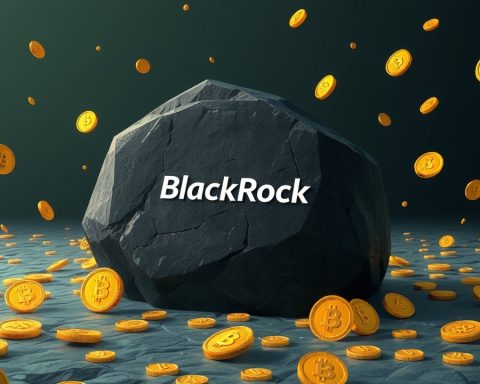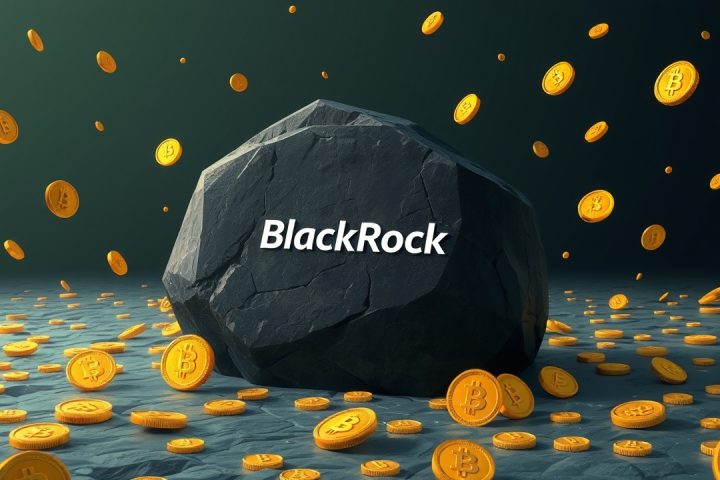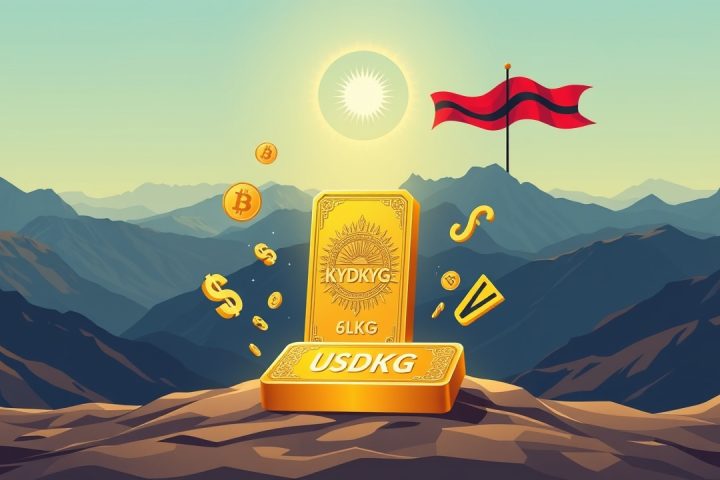Overview of the South Korean Web3 Landscape
An analysis released by Tiger Research provides a comprehensive overview of the South Korean Web3 landscape during the first quarter of 2025, examining its transition from a primarily liquidity-focused market to a more cohesive industry framework. It emphasizes significant regulatory shifts and the burgeoning efforts of international projects within South Korea.
Current Challenges Facing Web3 in South Korea
Despite robust retail engagement and substantial liquidity, the development of the institutional infrastructure necessary for Web3 success in South Korea remains slow. Regulatory priorities have focused more on protecting investors than fostering an ecosystem conducive to growth, leading to two primary challenges:
- Prohibitive restrictions on linking corporate accounts to cryptocurrency exchanges.
- Arduous requirements for obtaining a Virtual Asset Service Provider (VASP) license.
Such restrictions effectively prevent companies from converting their operational crypto revenues into fiat currency via local financial institutions. While some have sought refuge in overseas solutions, these approaches are fraught with regulatory risks and are not ideal for sustainability.
The process of acquiring a VASP license is similarly problematic, creating significant barriers for market entry. Although smaller entities can operate without registration, larger ventures invariably confront legal and regulatory uncertainties. This institutional backdrop has led many projects to primarily target South Korean customers rather than fostering local ecosystem growth, reinforcing an external perception of South Korea as merely a source of liquidity.
Positive Shifts in the Market
However, indicators from the first quarter of 2025 suggest a potential shift towards a more industry-driven market rather than speculation. Noteworthy regulatory advancements, including the potential for corporate accounts to purchase cryptocurrencies, signal a turning point in the structural dynamics of the ecosystem. Beneath this surface, international projects are progressively nurturing a local ecosystem, aided by an expanding community and new initiatives.
The South Korean Web3 sector stands on the cusp of significant evolution, with the expectation of generating greater long-term value as the ecosystem transitions from strictly investor-driven activities.
Historical Context and Recent Developments
Historically, restrictions on cryptocurrency trading by corporations stemmed from the 2017 Park Sang-gi Ban, which curtailed the participation of financial institutions and companies in trading activities. Despite the expiration of these guidelines, a dual-track system persists, allowing individual trading while continuing to limit corporate involvement.
In response, the Financial Services Commission (FSC) unveiled a “Roadmap for Enterprise Participation in the Cryptocurrency Market” in February 2025, which outlines a phased approach to lifting these trading restrictions that have lingered for seven years.
Implications of New Policies
Initial phases of this roadmap include enabling law enforcement and governmental entities to access accounts for liquidating seized cryptocurrencies, with the next phases expected to allow non-profit organizations and exchanges to participate by mid-2025 and listed and professional investment firms to engage in trading later in the year. Still, the stringent criteria for companies aspiring to participate in the second phase may hinder many Web3 projects from benefiting right away.
The new policy establishing corporate trading accounts marks a significant milestone. Prior to this, companies faced immense difficulties in liquidating acquired crypto assets legally. This strategic shift will endorse compliance among businesses and is anticipated to encourage the formalization of crypto ventures, fostering stability and reducing volatility as corporate investors with well-defined risk management practices begin to enter the market.
Furthermore, corporate engagement may mend existing inefficiencies, such as the notorious Kimchi Premium, and spur growth in crypto-related financial services. However, the introduction of corporate accounts comes with potential risks for retail participants as it might inflate sell-side liquidity and place downward pressure on prices, particularly affecting lesser-known tokens.
Collaboration and Community Building
As South Korea’s role as a crucial market for global Web3 initiatives solidifies, there are clear signs of substantive collaboration between local talents and international projects. Efforts by entities like Avalanche Korea and the TON Foundation aim to build a sustainable Korean Web3 ecosystem. These partnerships promote the growth of local teams and projects, enhancing the competitiveness of the Korean Web3 landscape.
Hackathons hosted by companies like XRPL Korea (Ripple) and Superteam Korea (Solana) further represent a pivotal shift towards cultivating a community of builders. These initiatives, showcasing a mix of talent, have demonstrated the real potential of South Korea’s Web3 market, repositioning it beyond mere speculative activity.
Conclusion
As regulatory and structural changes unfold, there is notable progress in various aspects of the cryptocurrency landscape, including the initial successful transactions conducted using South Korea’s Central Bank Digital Currency (CBDC). These developments, coupled with discussions on diversified banking partnerships for exchanges, signify a transformative moment for the South Korean Web3 sector as it steps into a new era of collaborative potential and industrial growth.

















